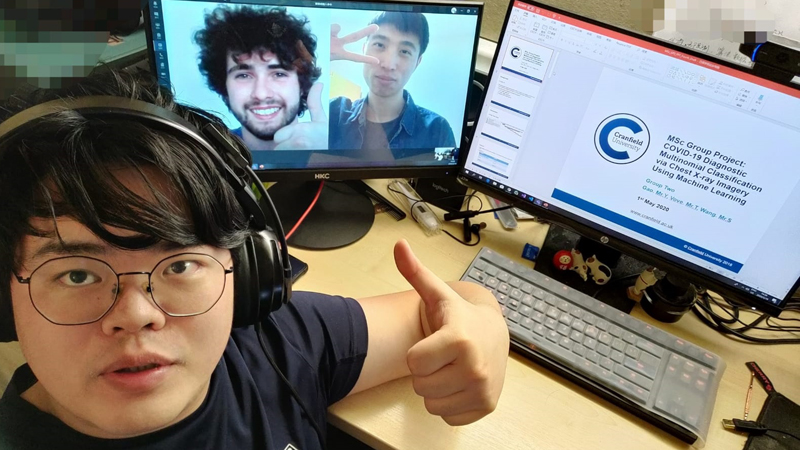
The models use computer vision and artificial intelligence (AI) to analyse chest X-ray imagery for signs of pneumonia - a common symptom of COVID-19 - and to determine whether this is caused by the COVID-19 virus.
CLICK FOR MORE COVID-19 COVERAGE FROM THE ENGINEER
The technology has been developed by two groups studying for their MSc programme, specialising in Computer and Machine Vision. Due to lockdown, the groups carried out the projects remotely, and were able to use video conference and IT facilities provided by the University to access the computational resources required.
The groups employed conventional machine learning algorithms as well as deep learning frameworks, a machine learning technique that teaches computers to learn by example. The AI model employed in this project was able to predict results with great accuracy. However, the research teams believe that they can further develop new algorithms to produce even more robust and reliable results.
The teams are led by Dr Zeeshan Rana, Lecturer in Computational Engineering at Cranfield University. He is now exploring collaboration opportunities with medical authorities or industry to develop the Covid-19 x-rays project to the next level, using more advanced AI algorithms and CT (computed tomography) scans to show greater detail and accuracy in the results.
Dr Zeeshan Rana said: “The research carried out in this pilot project has led to some extremely promising results and we are looking to build on this success rapidly to help in the fight against COVID-19. I am incredibly proud of the work my researchers have carried out. They are a credit to the University and I’m delighted that we are able to support them remotely in carrying out their studies.”
VISIT OUR #ENGINEERINGHEROES CAMPAIGN FOR MORE COVID-19 ENGINEERING NEWS




Glasgow trial explores AR cues for autonomous road safety
They've ploughed into a few vulnerable road users in the past. Making that less likely will make it spectacularly easy to stop the traffic for...